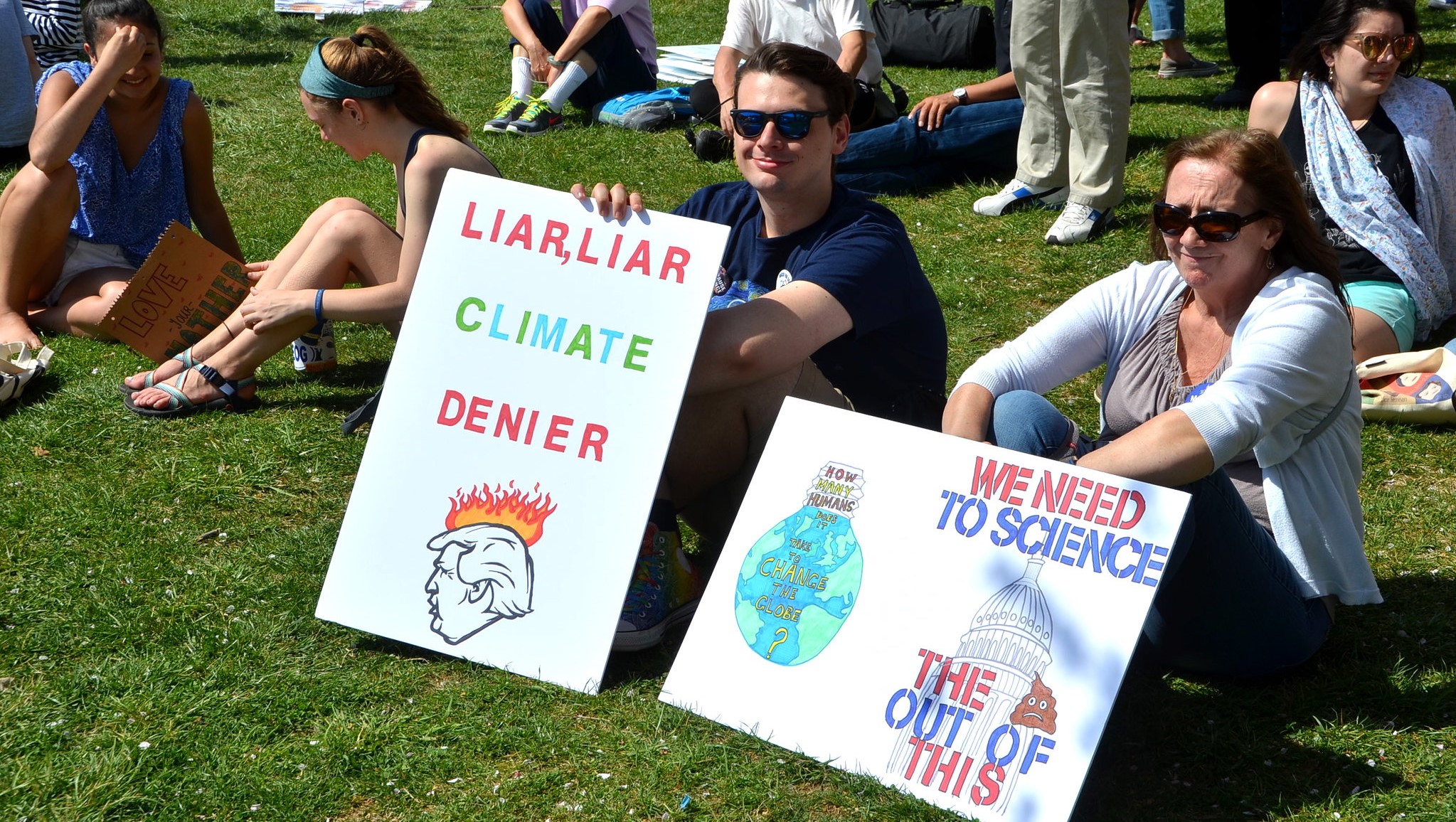
Seven Deadly Climate Sins of Omission
In a world obsessed with sins of emission, there is deafening silence about the flipside of climate Hell: the sins of omission (SOO), especially in the renewable energy space.
Governments, agencies, researchers and other groups insist we are in an existential “climate emergency”: carbon dioxide and other emissions must be reduced to get to “net zero” by no later than 2050. Yet none are able to predict precisely what impact the so-called “energy transition” and “race to decarbonise” will have, if any, on weather or climate anywhere in this, or any other, year. Nebulous warnings that life on planet Earth will get worse if there is any delay is mere speculation.
SOO One: Climate and weather are not, nor ever likely to be, under human control. As for carbon dioxide, the alleged villain driving all undesirable change, it is a harmless gas we all exhale, not a “pollutant”.
Yet on Planet Hyperbole there are ever more strident assertions about future temperature and rainfall trends from the latest climate gurus. So-called “extreme events” are weaponised to support the prevailing net-zero ideology. Last month CNN anchor Bill Weir the network’s Chief Climate Correspondent, told viewers a “carbon Godzilla” is creating mayhem all over the planet. “The bigger it grows,” he emoted, “the hotter we get.” And so on and so forth.
As for the current “restructuring” of Australia’s energy grid, will it ultimately produce Goldilocks weather for everyone everywhere and forever, or will the outcome be rather less utopian — a grand folly that enriches sycophantic foreign companies eager to encourage the government’s “renewable energy superpower” ambition?
SOO Two: Much more national wealth will be taken off the RE gambling table by international carbon capitalists, driving the country further into captive-market dependence, energy vulnerability and economic decline.
According to the Australian Financial Review’s senior resources writer, Angela Macdonald-Smith, Chinese, French, Spanish and several big Asian companies already have carved up the local large-scale solar farm development sector. Major domestic suppliers, such as AGL and Origin Energy, seem to have become minor players in the RE game.
China’s Beijing Energy International has stealthily emerged as the largest owner of utility-scale solar projects in Australia, closely followed by France’s Neoen, the target of a $10 billion takeover offer from Canadian giant Brookfield, according to data from research consultancy Rystad Energy. — AFR, July 3, 2024
Consider also the 2024 Integrated System Plan (ISP) released late last month by the Australian Energy Market Operator (AEMO), the National Transmission Planner (NTP) under section 49(2) of the National Electricity Law and National Electricity Rules. Subtitled “a roadmap for the energy transition”, the 92-page document has plenty of optimism, acronyms, models and scenarios, lighting the way to net zero, according to AEMO’s media release. It also lights the way to more sins of omission.
AMEO’s roadmap to a “net zero economy” omits to mention the real purpose of the journey: to create a more benign climate.
SOO Three: AMEO’s roadmap to a “net zero economy” omits to mention the real purpose of the journey: to create a more benign climate. Australia’s “droughts and flooding rains” will become a distant memory when the country arrives in the promised land of net zero.
Dear reader, a “net zero economy” is not the end game here. It is a red herring designed to distract us, a magician’s sleight of hand. The real motivation is, incredibly, climate control. Yet even assuming atmospheric carbon dioxide is the primary driver of “climate change” – it is not — Australia produces only about one per cent of global greenhouse gas (GHG) emissions.
SOO Four: What is the real reason why, “after more than half a century, Australia’s coal-fired generators are reaching the end of their service life”?
AEMO projects that 90 per cent of them will “retire before 2035, and all of them before 2040”. It is not a reserve problem. The country still has large high-quality coal deposits and profitable export markets. They are reaching the “end of their service life” because the government’s RE policies are driving them out of business intentionally as part of the bogus “fight against climate change”.
As coal-fired power stations retire, renewable energy connected with transmission and distribution, firmed with storage, and backed up by gas-powered generation is the lowest-cost way to supply electricity to homes and businesses through Australia’s transition to a net zero economy. — AEMO ISP, June 26, 2024
SOO Five: Less than half the total cost of creating a national “net-zero economy” are included in the AEMO ISP.
Less than half the total cost of creating a national “net-zero economy” are included in the AEMO ISP.
According to John Kehoe, AFR’s economics editor, the 2024 ISP omits several huge spending items. It does not include distribution costs: the poles and wires that connect households and businesses to the grid. This is the largest single component of energy bills, comprising about a third of the cost. In Kehoe’s assessment:
Australia has been told it can have the trifecta of cheaper, cleaner and more reliable energy – a free lunch. It is now dawning on voters that this is a pipe dream. The net zero energy transition will be very expensive and take longer than planned. A high share of weather-dependent wind and solar will make energy security more volatile. — J Kehoe, AFR, July 3, 2024
Yet the Minister for Climate Change claims his RE plan, based on the AEMO ISP to achieve net zero by 2050, will cost “only” $122 billion.
SOO Six: The AEMO ISP does not detail the cost of critical infrastructure “under construction, is committed to, or is anticipated to be developed”.
Committed to projects that it doesn’t count the cost of include the $12 billion Snowy Hydro 2.0, south-east Queensland’s $14 billion Borumba pumped hydro project, the $5 billion CopperString electricity transmission project from Townsville to Mount Isa, NSW’s $5 billion Central-West Orana renewable energy zone, Transgrid’s $2.3 billion, 916-kilometre interconnector between NSW and South Australia, among others. — J Kehoe, AFR, July 3, 2024
SOO Seven: AMEO does not mention the increasing project funding risk coming onto the Australian government’s balance sheet from underwriting large RE projects.
Alison Reeve, a climate-policy specialist at the Grattan Institute, believes taxpayers are being exposed to significant financial risks in
the $30 billion Clean Energy Finance Corporation, $20 billion Rewiring the Nation fund, the undisclosed multibillion dollar Capacity Investment Scheme to underwrite investment in renewables, $4 billion Hydrogen Headstart subsidies, the cost containment measure in the safeguard cap on industrial emissions, $13.7 billion of tax credits for critical minerals and other Future Made in Australia subsidies for solar panels and batteries. — J Kehoe, AFR, July 3, 2024
More and more of that risk is systemically coming onto the government balance sheet, according to Reeve.
While reasonable efforts were made to ensure quality, the agency “cannot guarantee its forecasts and assumptions are accurate, complete or appropriate.”
Given the above omissions, perhaps it is no surprise there is a disclaimer on page two of the AMEO ISP. While reasonable efforts were made to ensure quality, the agency “cannot guarantee its forecasts and assumptions are accurate, complete or appropriate.” Any person or company using it is urged to “independently verify its accuracy, completeness and suitability for purpose, and obtain independent and specific advice from appropriate experts.”
As for AEMO’s ISP modelling, it “inherently requires assumptions about future behaviours and market interactions, which may result in forecasts that deviate from future conditions. There will usually be differences between estimated and actual results, because events and circumstances frequently do not occur as expected, and those differences may be material.” Furthermore:
to the maximum extent permitted by law, AEMO and its officers, employees and consultants involved in the preparation of this publication:
♦ make no representation or warranty, express or implied, as to the currency, accuracy, reliability or completeness of the information in this publication; and
♦ are not liable (whether by reason of negligence or otherwise) for any statements, opinions, information or other matters contained in or derived from this publication, or any omissions from it, or in respect of a person’s use of the information in this publication. — AEMO ISP, June 26, 2024
So, dear reader, resist the temptation to call a lawyer if your power suddenly goes off without warning. Spend the money instead on a candle cache or fossil-fuel generator.
Disclaimer: The author is not liable (whether by negligence or for any other reason, including personal prejudice and cognitive decline) for any statements, opinions, information or other matters contained in or derived from this article, or any omissions from it. The above analysis may not include all the sins of omission that a voter, reader, investor, participant or potential participant in the National Electricity Market might require, and is not a recommendation for any investment or party.







